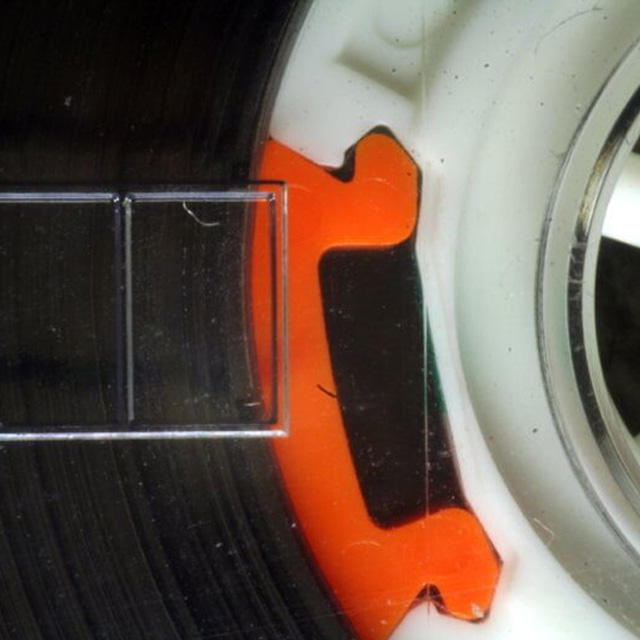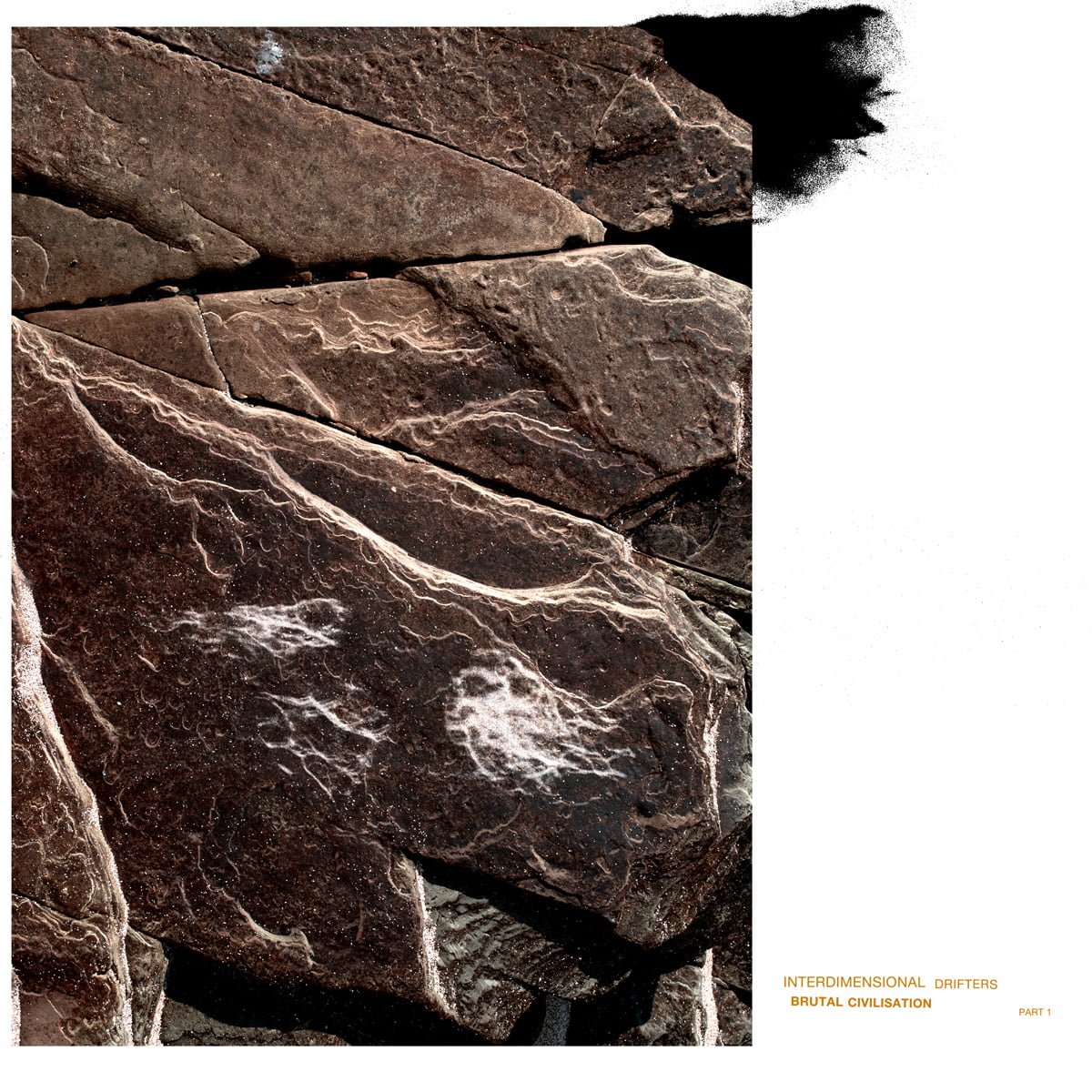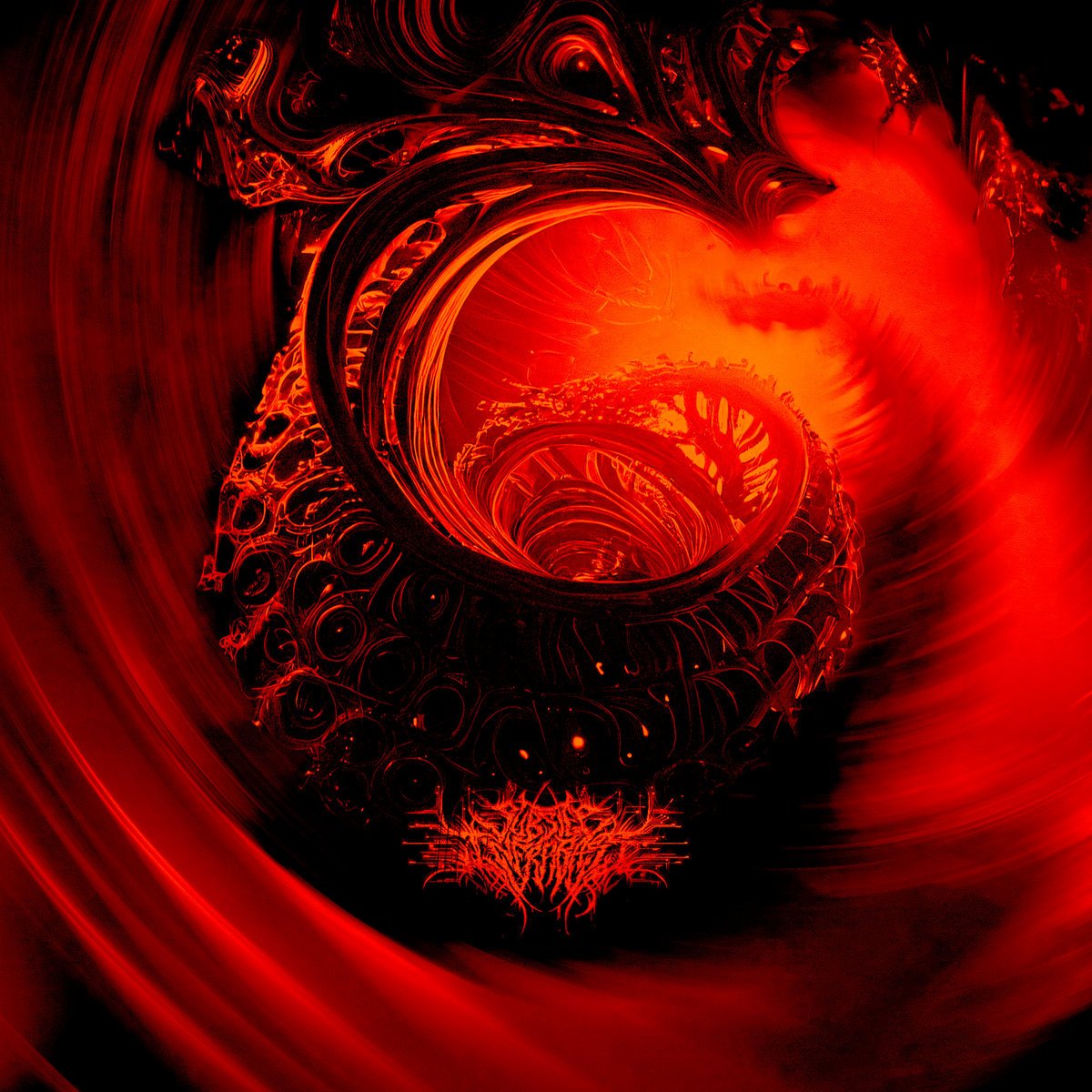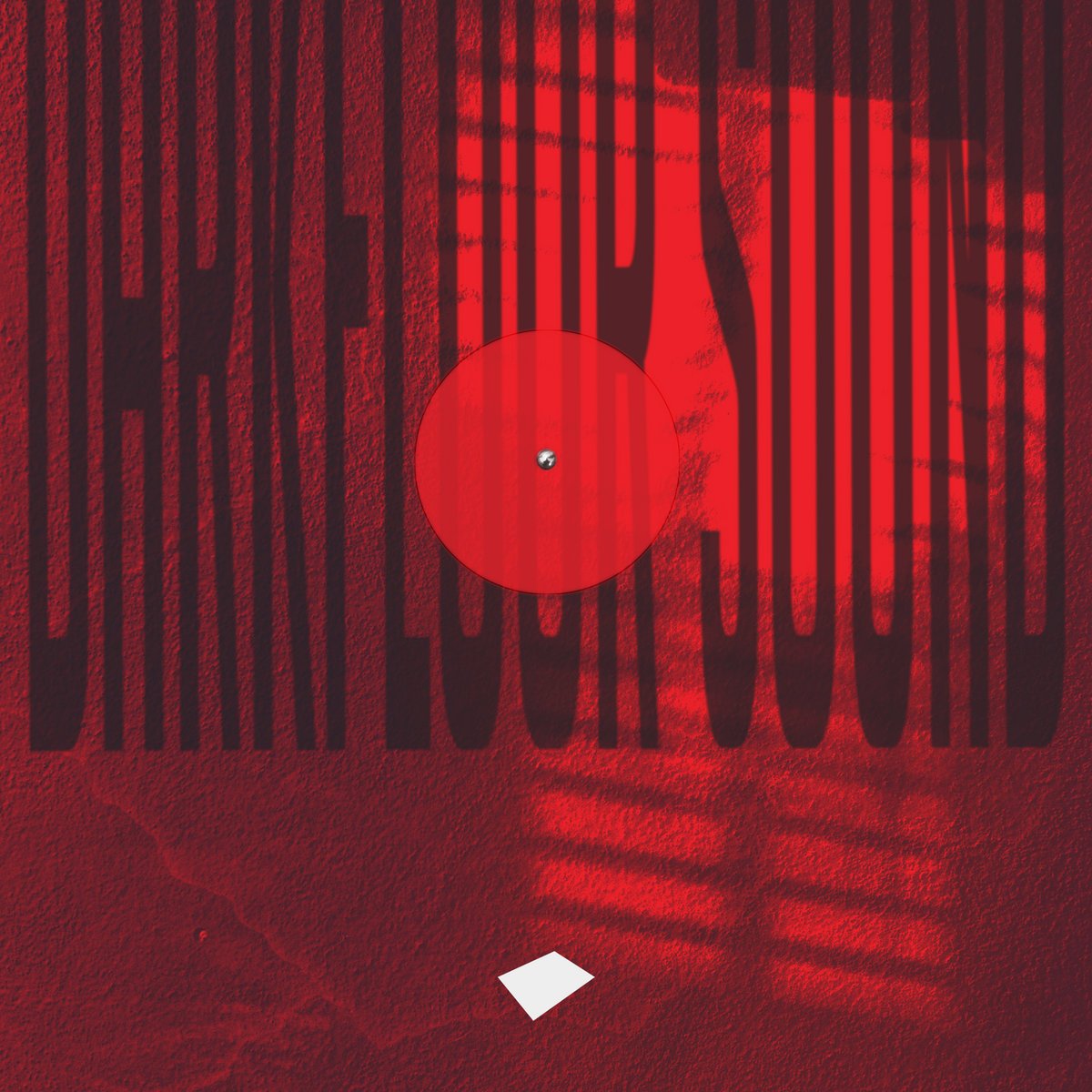The Art of the Mix Tape
This short piece aims to guide novices, aid experienced storytellers and reinvigorate previous champions of the mix-tape game.
First off, there are no strict rules on this, in fact it should be noted that the best advice is to go out and learn from experience. However it has become apparent, to me at least, that there are some key points. These could be emphasised so you can accelerate your progress and/or in some cases re-confirm your already god given talent.
The first and most obvious step is that in order to create a story, you need words. In this case the words (or tracks) you choose must contain some element of yourself within. There is no point, for example, of raiding someone else’s chart and then putting them in an order that suits you. This is chronically lazy. A large part of the process is in fact learning what sounds work for you and then using your initiative to find artist and labels creating those sounds. Fundamentally, half the battle is research and this does become easier with time as you hone in on your sound and realise the small pockets of the Internet (or record shop) that it can be found within.
Further, do not become dependent on a select few producers once you feel confident about your sound. The ability to ransack entire genres and still find music that embellishes the spirit of you is a key method to expanding your musical library and tastes beyond the comfortable horizon you normally occupy.
Next up, is where your programming skills get tested. A mix has to be arranged in such a way that it actually makes logical sense to the ear like a sentence does with words. This sounds obvious but is so often forgotten. People leave this part behind and concentrate on either making people dance (in a club) or through just plain ignorance (non-club). The idea is simple. You should be able to almost switch off completely whilst listening and let the music seep into the subconscious. You shouldn’t need an explanation as to why this goes there, the track selection should be your only guide. Sounds within tracks should reference or talk to each other consistently throughout the mix. It’s a skill that demands patience. Easy to do but most definitely hard to master and arguably the learning curve is infinite, as the combinations of tracks increase with the size of your record collection.
The technical requirements of a mix really depend on how you want to present the tracks you have selected. It would be slightly absurd to mix techno without beatmatching especially when most of it has relatively straightforward intros and outros. However, the notion that everything has to be beatmatched is not true. In particular, with reference to more experimental genres, beatmatching is not a sensible option. The ending of the track may be just as important as the middle or beginning – this is especially true in pop music. So why not just leave it. Again there are no hard and fast rules. Your style is dictated by what you see fit and the ability/confidence to make it work for you and ultimately others.
Last by no means least – the overall story should not be neglected. You should plan ahead, know the general direction you’re going and stay on a steady path. If you go too wild track by track, you could either lose track of your audience or frustrate them with the inconsistencies that entail such a performance. Plan too much, and it doesn’t allow much room, if any, for manoeuvre – wriggle room is important.
Here’s a mix showcasing my style, I hope it shines a light on something we all take pleasure in.
Alistair Read – Welcome To My Dream World
Listen
_
Black City Lights – Intro
1991 – Reborn Ice Horn
Modlee & Vlooper – All Matter (Bilal’s)
Milo Mills – OnceAgain
Crackazat – Explanation
Jacob 2-2 – Construxon Time Again
Paul White – Right On
Tiga Lilly – Dreamworld
Darkroom – Strung with Black Nylon
Flavor Cystals – Sultan’s Orders
Gatto Fritto – Euphoric Recall
Fabricator – Society
Macro Bernardi – Junkie Bastard
Photo by Sean Lamb.











